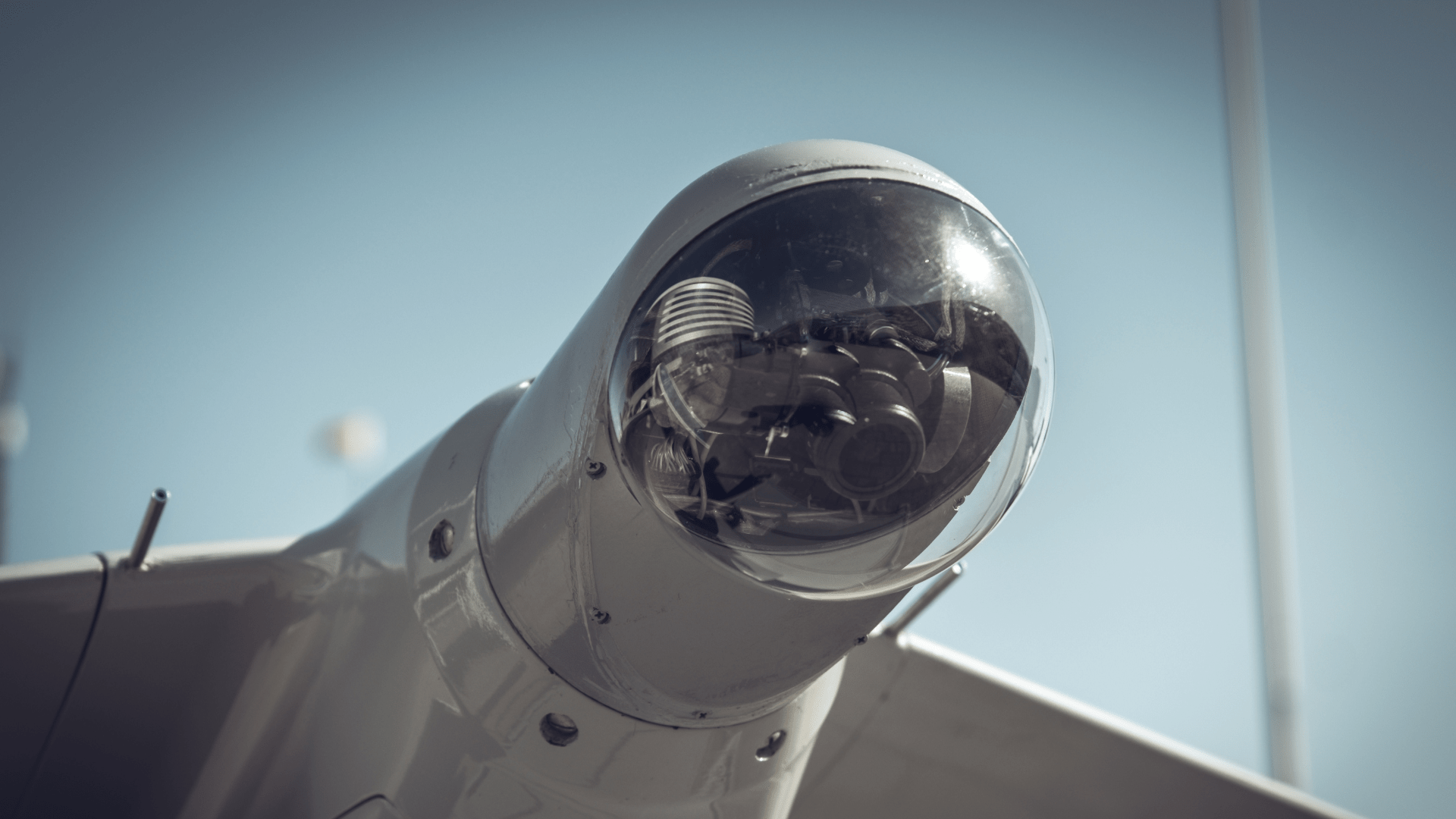
Glossary Definition
Bomber: Strategic Aircraft for Offensive Operations
A bomber is a type of military aircraft designed primarily for offensive operations, carrying and delivering ordnance such as bombs, missiles, or torpedoes to inflict damage on enemy targets. Bombers play a critical role in aerial warfare, providing the ability to strike strategic targets at long ranges and exert significant influence over the battlefield.
Key Characteristics of Bombers:
- Payload Capacity: Bombers are designed with large internal and external payload capacities to carry a wide array of munitions. This allows them to deliver a substantial amount of firepower on a single mission, making them highly effective in targeting key enemy installations and infrastructure.
- Range and Endurance: Bombers are equipped with powerful engines and large fuel tanks, granting them extended range and endurance. This enables them to operate over long distances and remain airborne for extended periods, providing significant flexibility in mission planning and execution.
- Crew Size: Bombers typically have a crew of multiple individuals, including pilots, co-pilots, navigators, bombardiers, and weapon systems officers. The complex missions they undertake require coordination and teamwork among the crew members.
- Sophisticated Avionics: Modern bombers are equipped with advanced avionics systems, including radar, navigation aids, and communication equipment. These systems enhance situational awareness and enable accurate targeting, even in adverse weather or challenging environments.
Types of Bombers:
- Strategic Bombers: Strategic bombers are designed for long-range missions, often crossing continents to strike high-value enemy targets such as military bases, command centers, and industrial complexes. They serve as a deterrent and project national power, influencing geopolitical situations.
- Tactical Bombers: Tactical bombers operate closer to the battlefield and are optimized for supporting ground forces. They deliver precision strikes on enemy troops, armored units, and tactical targets, providing close air support to friendly ground operations.
Historical Significance:
Bombers have played a pivotal role in several historical events:
- World War II: During World War II, strategic bombers such as the B-17 Flying Fortress and the B-29 Superfortress played crucial roles in the Allied victory, conducting massive bombing campaigns against Axis targets.
- Cold War: The Cold War witnessed the development of intercontinental bombers, like the B-52 Stratofortress and the Tu-95 Bear, as key components of nuclear deterrence strategies.
- Modern Warfare: In contemporary conflicts, bombers continue to be vital assets, delivering precision strikes against enemy strongholds and providing crucial support to ground forces.
Conclusion:
Bombers are a fundamental component of modern military forces, delivering potent offensive capabilities and influencing the outcome of conflicts. With their ability to carry a substantial payload over long distances, bombers serve as strategic tools for deterrence and projection of military power. Throughout history and into the present day, bombers have been instrumental in shaping the course of warfare and ensuring national security


